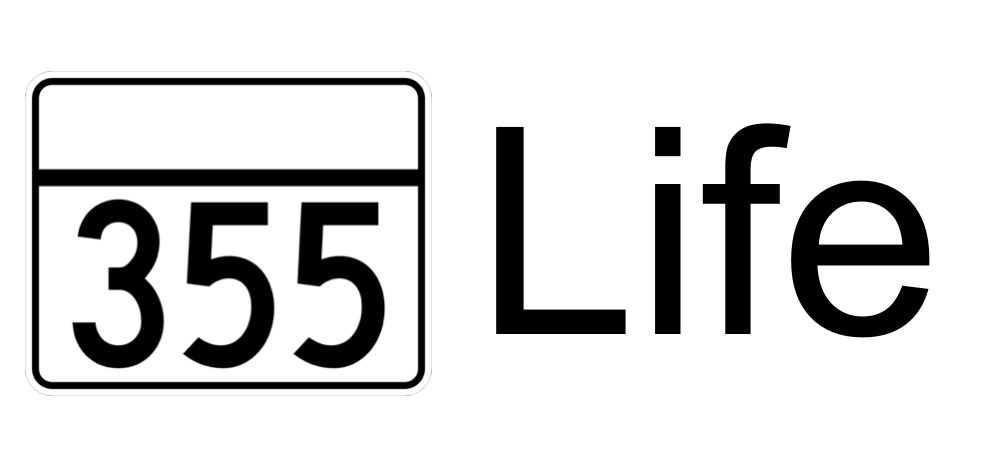Facebook Marketing
After scouring through tens of related blog posts, I can summarize the key to a successful paid marketing strategy in 5 steps:
Premarketing
The main goal of paid advertising on facebook is usually generating leads for a business and later converting those leads into customers. But before jumping in and paying for advertising on Facebook it is recommended to do some basic preparations.
Have an effective Landing Page - without a great landing page that fits the stage of the visitor in the buyer's journey, you will not generate a lead even with the best designed ads.
Do market research and build a buyer persona - decide who is the ideal customer that the ads should be targeting. Facebook has very strong targeting tools, but they are useless if you don’t identify your target market correctly. Build the buyer persona based on past customers (if you have).
Have a healthy organic (unpaid) Facebook presence - Make sure your facebook page has recent and interesting content. Pin a post with a link to your landing page (and do a quick start/pause promotion*).
Have a decent CRM - this will help you keep track and follow up on leads. Ideally it will also integrate with your facebook page and automatically log leads from your page.
Designing the ad
Beyond having graphics and wording that fits your offer, you should consider these factors regarding content that usually performs better on Facebook:
Simple and stupid, maybe even a bit funny - remember Facebook is not a professional network and people are scrolling through at the spead of light. If your ad is not simple and catchy you will lose interest quickly.
Include people (Woman and babies) and pets - content that has to do with family and friends tends to perform better on Facebook.
No blue or white - these colors blend in with the Facebook interface and don’t pop. Try bright reds, greens and oranges for more attention.
Video - it is no secret that it is the most consumed form of content on the internet.
Well worded headline - Using the word “Free”, dollar and percentage signs.
Longer headlines - experimentation has shown that a full paragraph or more can outperform other ads with shorter headlines which are the norm. This is because they offer more chances to express different facets of the message and can increase interactions and comments.
Still, even when trying to garner attention, don’t misalign the ad from the offering. If people click because of something unrelated to what you are offering you may end up paying for a lot of irrelevant clicks that don’t turn into leads.
Choosing the right type of ad
There are three types of paid promotions you can run on Facebook:
Boosting a post - increasing the exposure of an organic post on your page. This may be less effective for lead generation depending on the content.
Ad campaign - an ad designed for that purpose. Includes a header, picture/video and a call to action button. Best for generating leads on an external landing page (such as a website).
Lead ads - an ad that includes a form that is filled out on facebook by those who click on the ad. This may be preferred by some users as it is native to the facebook platform (they don't have to leave the facebook website) and has very good mobile functionality.
A very popular form of campaign that people run through facebook advertising are contests and giveaways.
Testing
After you have several ads up and running you should be conducting testing to determine which are the most effective and investing more in them. The most common form of testing is A/B testing - making similar ads with a small variation and then improving in increments. Facebook has native A/B testing functionality which can be used to test ads.
Analytics
Analytics is an important part of the testing process, but it is also an integral part of your overall marketing strategy. Information gathered from your ad campaigns can teach you about your potential and current markets. You can analyse your campaigns data using the Ad insights and Facebook Pixel, as well as other software that can be installed on your website to track user activity.
